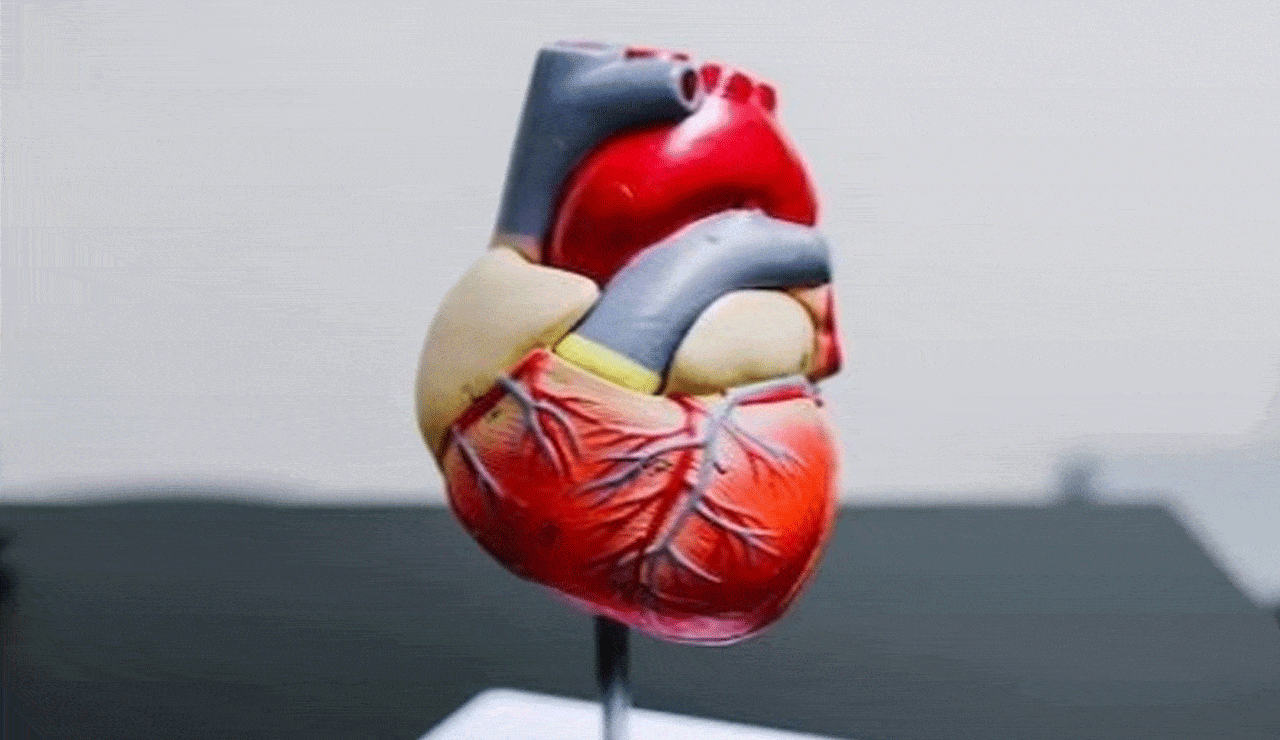Angioplasty: A Lifesaving Procedure for Heart Patients – Know When It’s Needed
Every year, millions of people around the world lose their lives due to heart-related diseases. These conditions are not only life-threatening but also significantly impact the quality of life.

Every year, millions of people around the world lose their lives due to heart-related diseases. These conditions are not only life-threatening but also significantly impact the quality of life. However, early diagnosis and timely treatment can help prevent severe complications. One such effective treatment is angioplasty, a minimally invasive procedure used primarily to treat coronary artery disease (CAD).
Table of Contents
What is Angioplasty?
Angioplasty is a medical procedure used to open blocked or narrowed coronary arteries, which supply blood to the heart. This helps improve blood flow and prevent heart attacks. During angioplasty, a small balloon is inserted into the blocked artery and inflated to open it up. In many cases, a stent (a small wire mesh tube) is placed to keep the artery open long-term.
Also Read: India Ranks Second in Hindu Population Percentage — Guess Who’s First?
When is Angioplasty Required?
Angioplasty is typically recommended when blockages in the coronary arteries prevent sufficient blood flow to the heart. Several tests like ECG, stress tests, or angiograms are used to assess the need for angioplasty.
1. Chest Pain (Angina)
Frequent burning or pressure in the chest, especially during physical activity, may indicate artery blockages. In such cases, angioplasty is performed to restore proper blood flow to the heart.
2. Leg Pain During Movement
Pain or cramping in the legs while walking or cycling could be a sign of Peripheral Artery Disease (PAD), which is associated with heart disease. Angioplasty may be suggested if blood flow is compromised.
3. Constant Fatigue or Weakness
If you feel exhausted even after minimal effort, such as climbing stairs, it may point to poor heart function. Angioplasty can help by improving oxygen and blood supply, boosting energy levels.
4. Blood Pressure Fluctuations
Consistent high blood pressure thickens and stiffens the arteries, raising the risk of heart attack or stroke. In such scenarios, angioplasty may be advised to remove the obstruction and normalize blood flow.
5. Bleeding Gums
There’s a proven link between gum disease and heart conditions. Swollen or frequently bleeding gums might be early indicators of cardiovascular problems.
Early Diagnosis Can Save Lives
Experts emphasize the importance of early screening and not ignoring symptoms. Angioplasty not only saves lives but also improves long-term health outcomes. If any of the above symptoms are observed, it’s crucial to consult a healthcare professional immediately.

